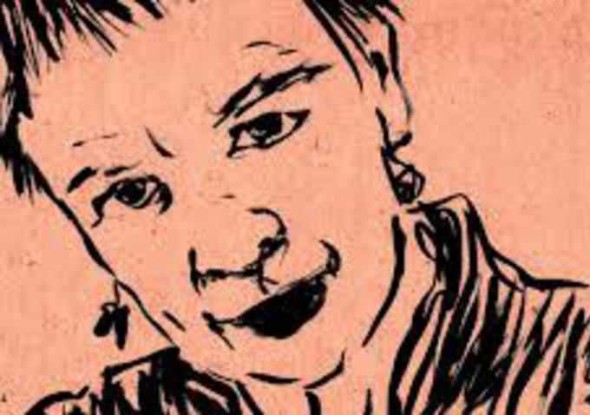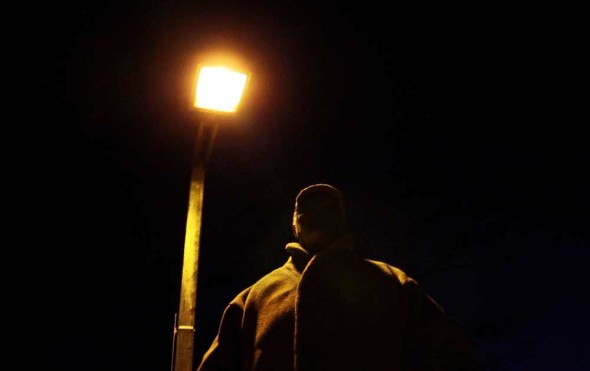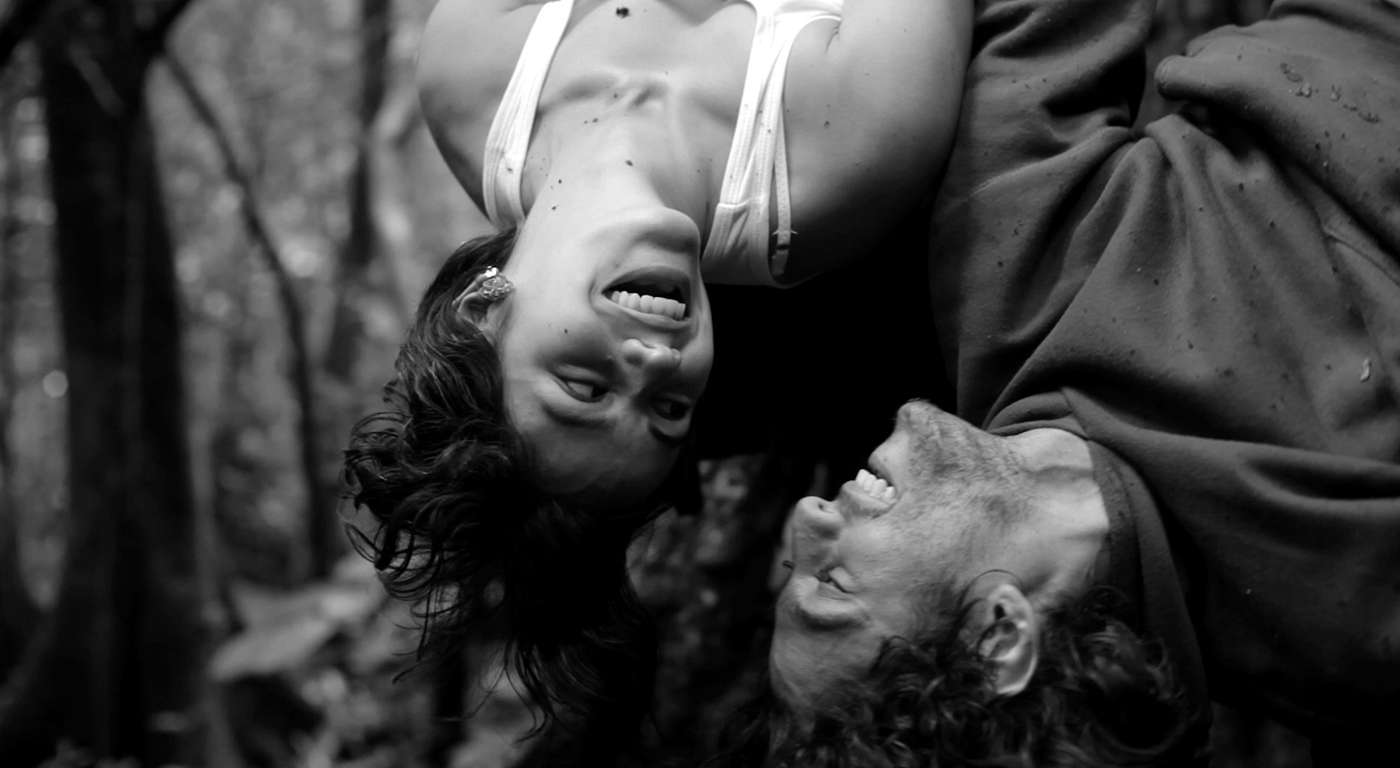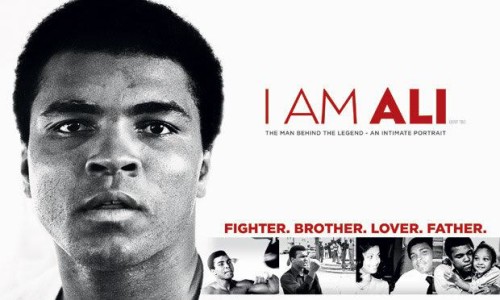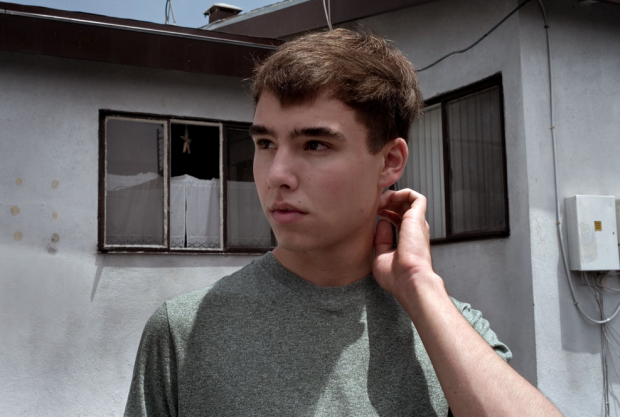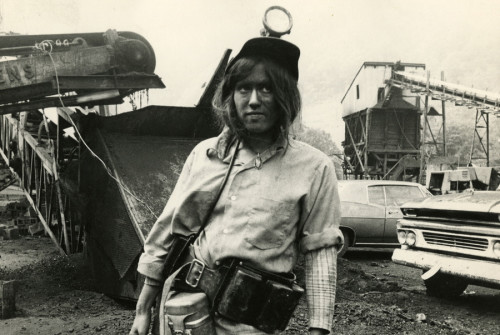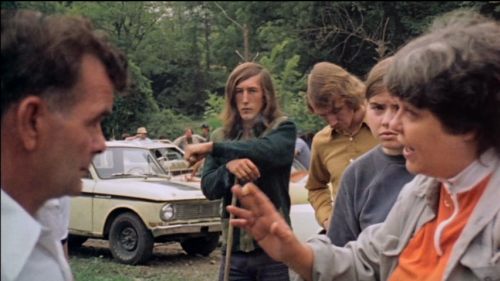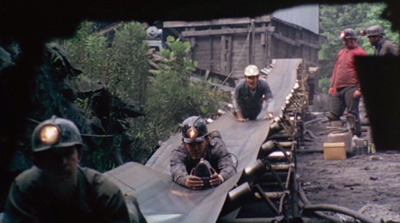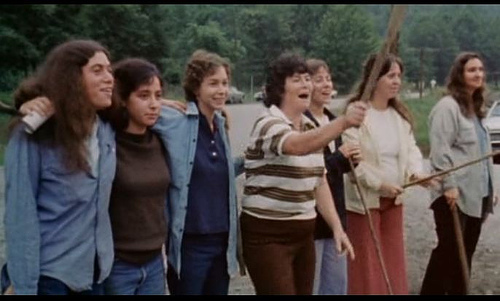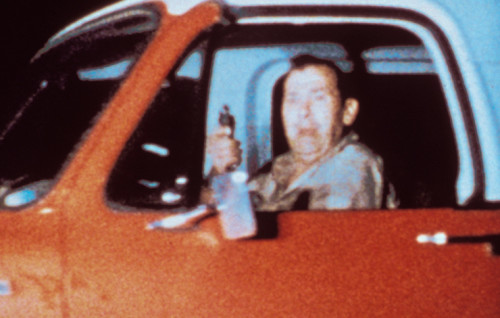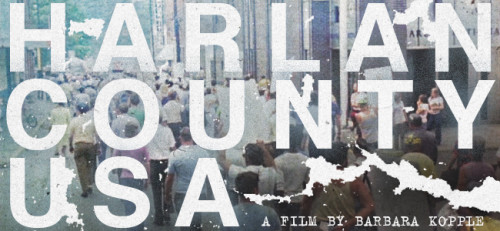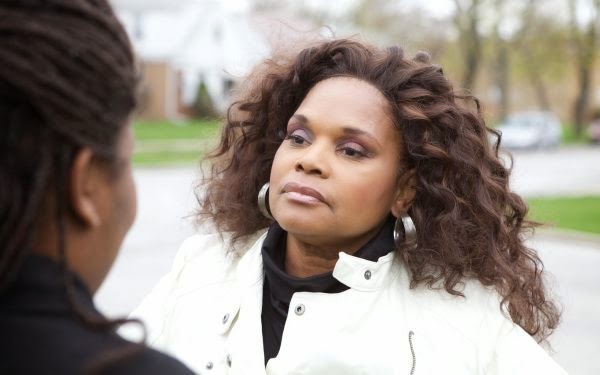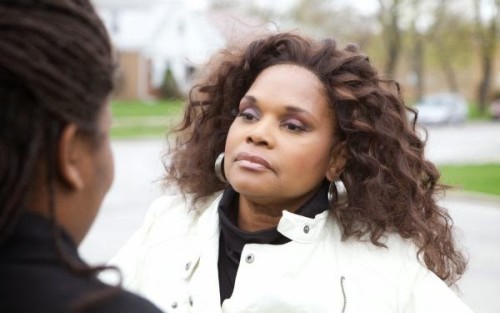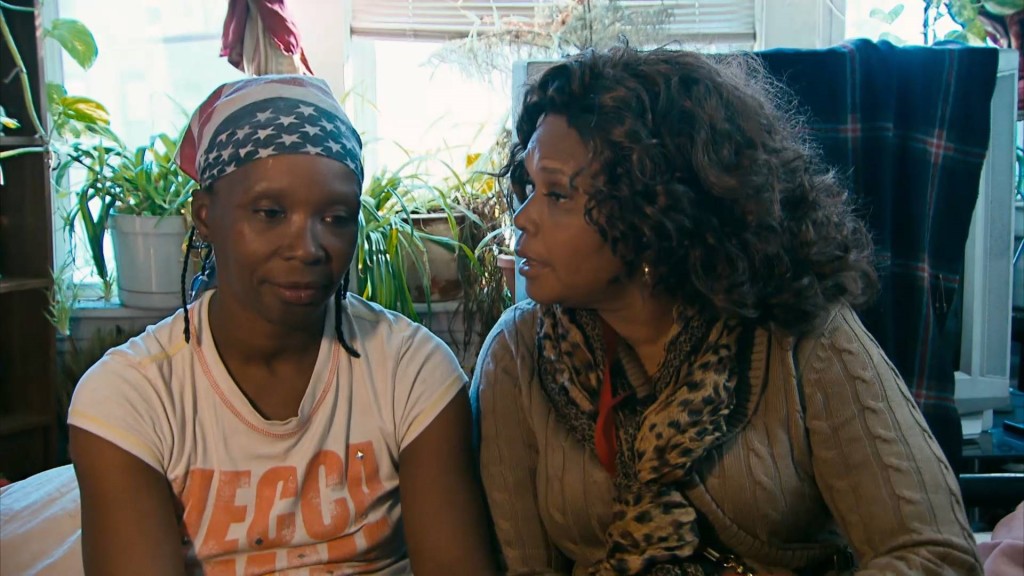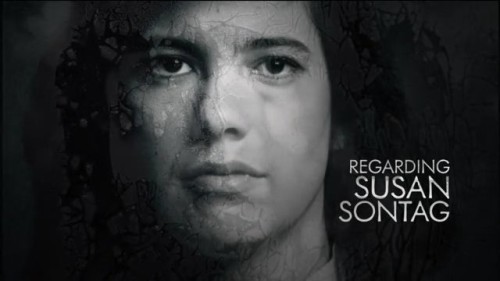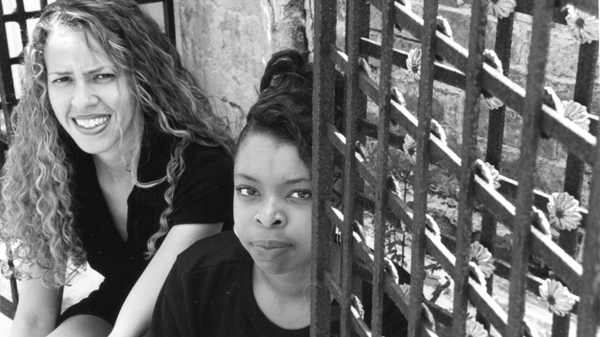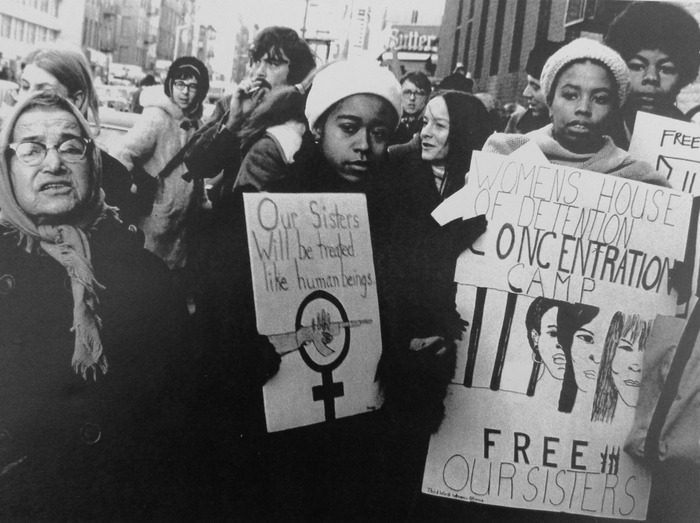When Lou Reed died just over two years ago, a lot of people focused on the person he had spent his last years married to, performance artist, musician and composer Laurie Anderson. I’m always very wary when the public reacts to the private lives of well-known people, whether commenting on Halle Berry’s latest divorce or on Anderson, who has been internationally known since the early 1980s, but whom many seemed to first take notice of as Reed’s widow. She reacted to this sudden thrust into the spotlight (Anderson works and tours constantly but Reed’s was a more familiar name and face) with a rare thoughtfulness and grace. She wrote about how she and Reed met and came to be married with humor and a distinct lack of sentimentality (after their impromptu wedding, she had to rush out to perform in a concert). Still I hoped the demotion from being known as an acclaimed artist in her own right to being known mostly as the wife of a famous, dead artist didn’t last.
Anderson was working on her film, Heart of a Dog (in theaters now; it will be shown on HBO at a later date) when Reed died and she then took a year off before finishing the documentary. The film contains a loosely connected series of stories and images but is mostly a meditation on grief and death with a focus on her dog, a rat terrier named Lolabelle. What it isn’t about, at least not directly, is Reed, though he has a cameo in the film. When Anderson talks about “we” and “us” in relation to the dog we can presume she is talking about Reed, but she never mentions him by name. While Anderson describes in detail the last moments of her mother’s life, anyone looking for a similar scene about Reed (Anderson has written about his death, but doesn’t include it here) will be disappointed.
I admire Anderson’s resolve in not letting the voyeuristic tendencies of the public dictate the content of her work, and, as a longtime fan, was prepared to defend this film against the sexist snark I’ve seen directed toward it in some reviews. One male critic complained the narration was delivered in a “sing-song” voice, which is a little like complaining that Bob Dylan’s vocals are “too nasal.” Anyone who has listened to any of Anderson’s work (although she is a performance artist, most of her recorded work is audio; Dog is only her second full-length film after Home of the Brave, a filmed concert from 1986) will recognize the cadence she uses in the narration here, first describing a dream in which she gives birth to her dog. Doctors present Lolabelle to her in a pink blanket saying, “It’s a girl!” She explains that the birth had been a kind of performance because she had arranged for the doctors to say scripted lines and for the dog to be sewn into and then removed from her abdomen–which caused Lolabelle considerable discomfort. Anderson explains, “She wasn’t a puppy.”
The story/dream comments both on the role of dogs and cats as surrogate children (especially for those of us who aren’t raising kids) and of our own manipulation of our animals, so they will seem more child-like to us. Other sequences are less evocative: Anderson talking about the distinctive qualities of rat terriers reminded me of every dog person who has bored me with arguments about the superior traits of whatever breed of dog they happen to have. And Anderson’s illustrations of her dog’s entrance into the Tibetan Buddhist version of purgatory are striking and detailed, but perhaps not the best vessel for her talent.
When Anderson brought up her Buddhist beliefs I cringed a little. As a white person who has spent a fair amount of time in rooms full of white, privileged people who are also interested in Buddhism, I would gladly live the rest of my life without hearing one more of them begin a sentence, “My teacher says…” And I would recoil even more from a documentary narrator who intoned, “My pastor says…” Godard’s Goodbye to Language, in the scenes of his own dog, Roxie, showed more of the mystical dimension of our relationship to our animals than any of the “spiritual” talk in Heart of a Dog does.
To be fair, Anderson’s other work shows she is much more than a woman who loves dogs and has a Buddhist teacher: her most recent live installation featured a man who was imprisoned in Guantánamo. And in the film, her unique storytelling style is a perfect fit for the death of her mother who, “in a high voice I had never heard from her before,” formally thanks everyone gathered in her room for coming and hallucinates animals looking down at her in the bed from the ceiling. Anderson also tells a harrowing story from her childhood, but when Anderson mentions that she never really loved her mother, we never get more than a few hints about why.
I’m always complaining about films that have great cinematography and acting and an inadequate script, but besides the snappy animated version of Anderson we see at the start of the film, Dog’s visual components can’t equal the high points of the narration. After the umpteenth scene that has superimposed rain droplets streaming down, like tears on a face, over vintage footage of Anderson and her siblings as children or a contemporary rural snowscape, I wanted to say, “Okay, we get it. Let’s move on.” This film’s disjointed structure and emotional reticence would make a better album than a movie. An album also doesn’t demand an engaging overall story to hold our attention, but many of the scenes in this fairly short (75 minute) film had me (briefly) nodding off.
The film would probably connect more with an audience if Anderson had included more references to her and Reed’s relationship, but I respect her refusal to make this film about death about his death. Heart of a Dog, even as a love song by Reed plays over the closing credits, is a reminder that Anderson was much more than a wife and remains much more than a widow.
[youtube_sc url=”https://www.youtube.com/watch?v=HnKVjZfKhYs” iv_load_policy=”3″]
Ren Jender is a queer writer-performer/producer putting a film together. Her writing besides appearing every week on Bitch Flicks has appeared in The Toast, xoJane and the Feminist Wire. You can follow her on Twitter @renjender.
